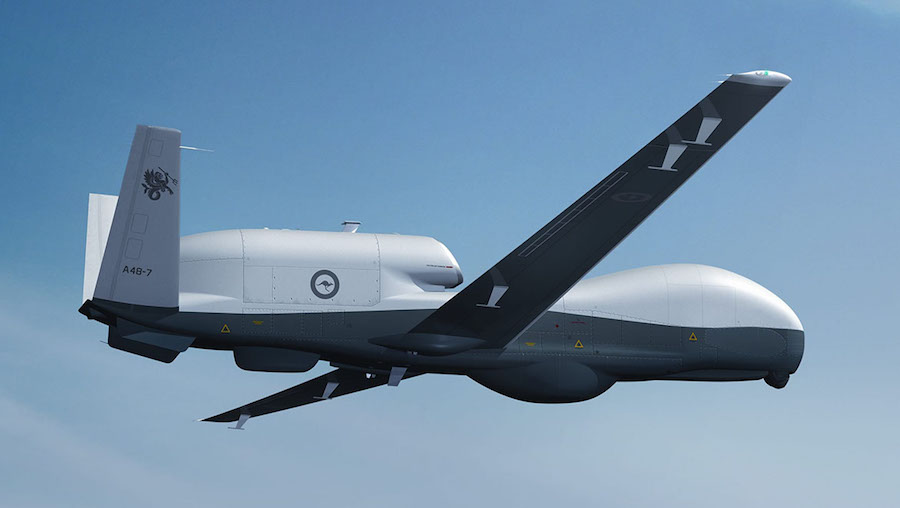Northrop Grumman has been pursuing a new way to provide maritime surveillance to Norway via the MC-4C Triton unmanned aircraft system (UAS). Triton provides near-real-time intelligence, surveillance and reconnaissance (ISR) over vast ocean and coastal regions – making the world’s oceans smaller. Triton is tailored to work in pair with the P-8, which Norway is preparing to phase in over the coming years. Triton’s operating range and endurance will enable the P-8 to focus on anti-surface and anti-subsurface warfare while Triton maintains an unblinking eye on areas of interest.
With Norway’s strategically important location, high-altitude, long-endurance (HALE) unmanned aerial vehicles (UAVs) can provide necessary, all-seeing eyes in the sky to provide surveillance over the vast sea areas that make up the High North.
Norway’s strategic location has increased the need for protection and defense of the country, on the ground, at sea and in the air. Surveillance in the arctic region of Norway, known as the High North, is a necessity – and time is of the essence. As a key member of NATO for the High North and an important ally to the United States, Norway is able to keep its eyes and ears open for old and new threats. Bringing Northrop Grumman’s technologies and solutions to fruition for its allies is important for our common security and partnership.
Northrop Grumman is building on its 80-year partnership by establishing strong industrial cooperation with Norwegian industry to provide the systems necessary to address current and emerging threats.
This strategic partnership dates back to 1940 with the sale of the first N-3PB aircraft to Norway, built by Jack Northrop of Northrop Aircraft, Inc. The first N-3PB was delivered to Norwegian forces in February 1941 for maritime surveillance, while the country was being occupied by Germany.
To this day, the company aims to support Norwegian industry with the right technology, training and tools to maintain fielded systems to provide the Norwegian warfighter the capabilities needed to maintain their systems domestically.
About MQ-4C Triton Maritime Surveillance HALE UAV

According to its launch customer, the US Navy, the MQ-4C Triton is an autonomously operated system that provides a persistent maritime ISR capability using multiple maritime sensors.
The MQ-4C Triton air vehicle is based upon the United States Air Force (USAF) RQ-4B Global Hawk, while its sensors are based upon components of (or entire systems) already fielded in the DoD inventory.
Along with the P-8A manned aircraft, the MQ-4C Triton is integral to the U.S. Navy’s Maritime Patrol and Reconnaissance Force (MPRF) Family of Systems. The MPRF is the operational agent for the MQ-4C Triton and Commander, Patrol and Reconnaissance Group (CPRG) is the fleet sponsor for the manned/unmanned integration concept.
Australia’s 2016 Defence White Paper identified the requirement for seven high altitude, long endurance Triton unmanned aircraft. Northrop Grumman will deliver the Triton through a cooperative program with the United States Navy who has itself expressed a need for 70 aircraft. The German Defence Ministry confirmed in March 2017 that it had decided to buy the MQ-4C to replace the EuroHawk program, with deliveries occurring after 2025. The plan has now been canceled.
MQ-4C Triton specifications:
- Length: 47 ft 7 in (14.5 m)
- Wingspan: 130 ft 11 in (39.9 m)
- Height: 15 ft 5 in (4.6 m)
- Empty weight: 14,945 lb (6,781 kg)
- Gross weight: 32,250 lb (14,630 kg)
- Maximum speed: 357 mph (575 km/h, 320 kn)
- Range: 9,400 mi (15,200 km, 8,200 nmi)
- Endurance: 30 hours
- Service ceiling: 56,000 ft (17,000 m)







One Comment
Pingback : The Weekly Wire: For Your Situational Awareness 5/22/20 | Avascent